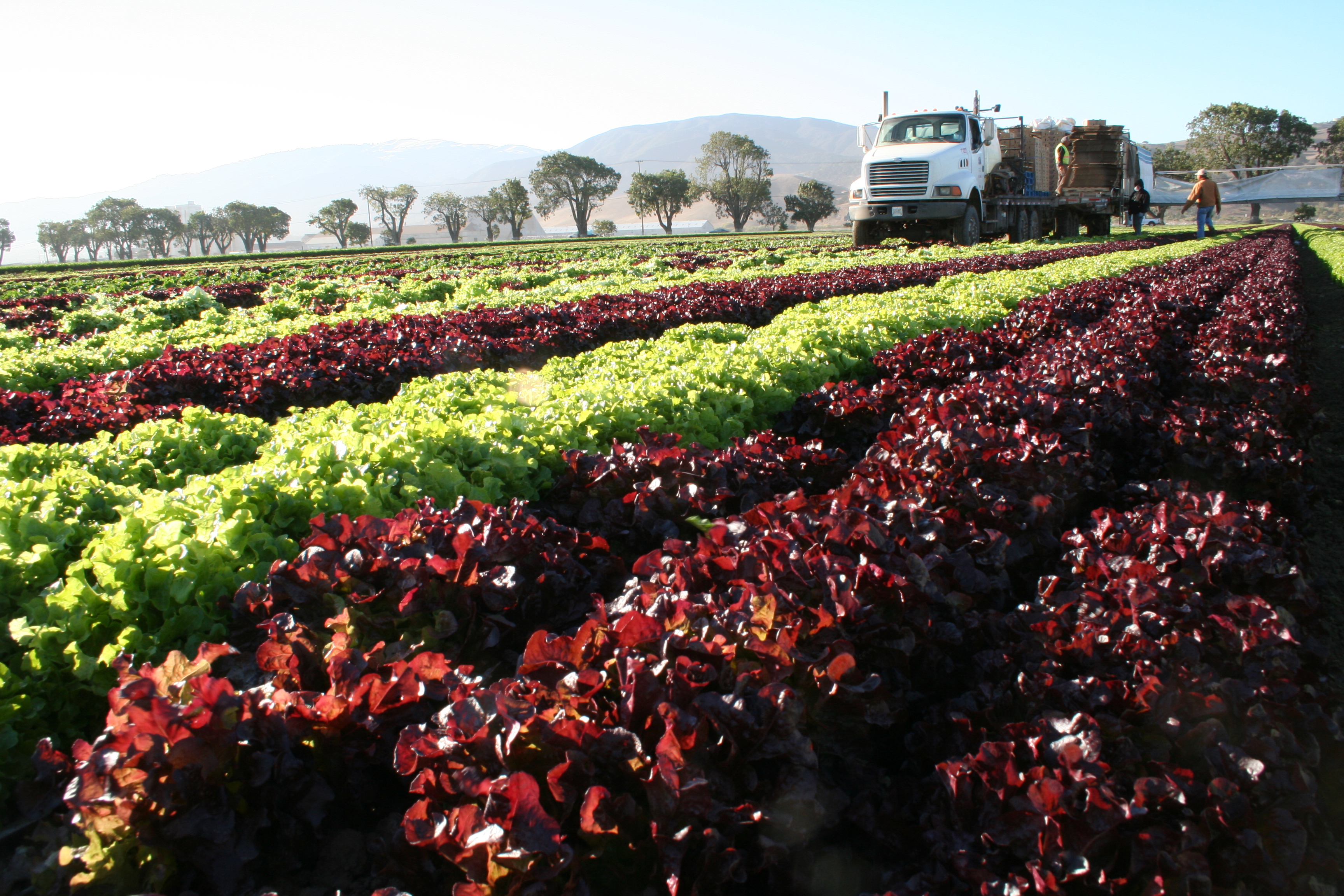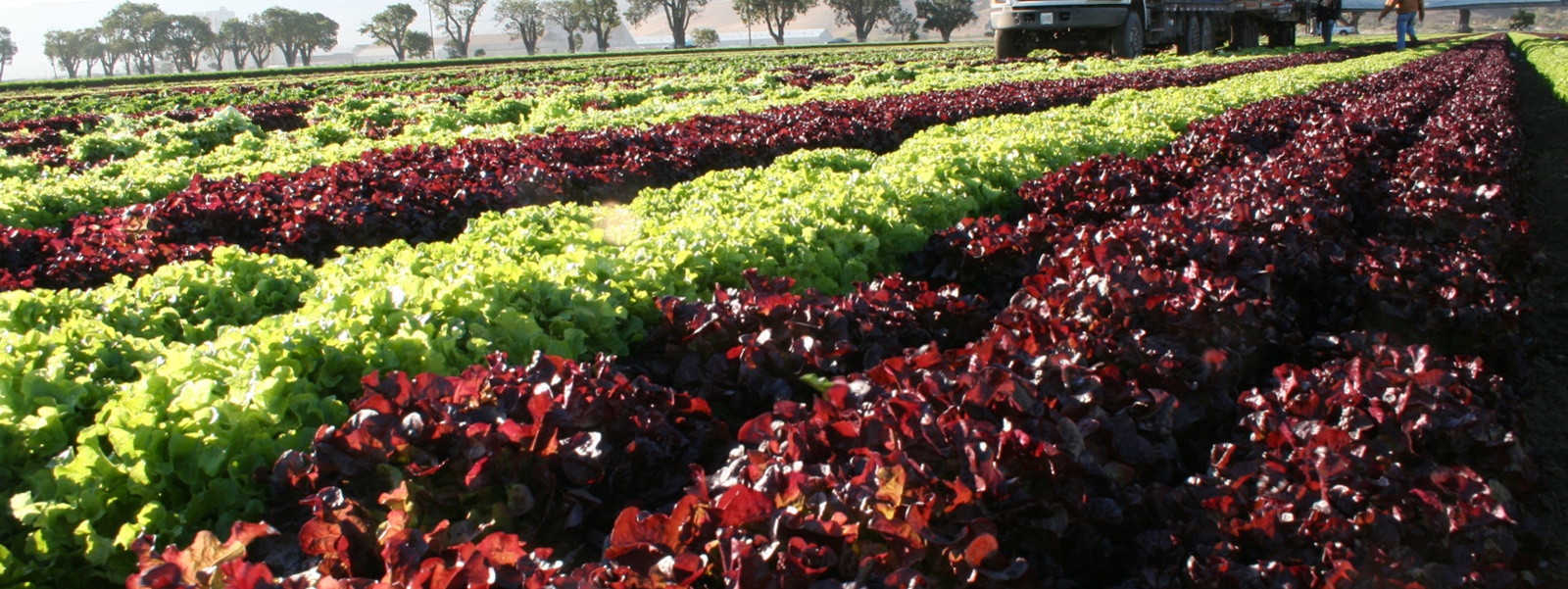Commentary: Misguided pesticide policies may harm food supply

California produces 70% of the nation’s lettuce and leafy greens. If farmers can’t use common pest controls, yields may drop 5% to 10%, and lettuce prices may jump more than 8%.


By Amrith Gunasekara
Food prices are rising at a staggering rate. In the largest annual increase since 1979, the United States’ food price index jumped 11.4% in August over the same month in 2021.
Spiking food prices can be attributed to inflation, which has surged amid the pandemic and supply-chain crisis. Other major factors are severe grain shortages and market disruptions resulting from the Russian invasion of Ukraine.
California residents are paying higher prices due to global events that are beyond their control. But how will they react in the future if their food prices rise further due to misguided government policy decisions in Sacramento that impose increased regulations on agriculture in the state?
Additional price increases may be inevitable if the Golden State follows in the footsteps of the European Union, where a policy directive stands to phase out commonly used pesticides by 50% by 2040. A U.S Department of Agriculture Economic Research Service analysis estimated this strategy could have a negative economic impact of up to $1.1 trillion.
A recent economic analysis funded by the California Bountiful Foundation, the 501(c)(3) nonprofit research clearinghouse for the California Farm Bureau, examined the potential outcomes and magnitude of economic impacts if the EU standard were applied to just one state crop—lettuce.
The preliminary analysis, conducted by ERA Economics of Davis and supported by Californians for Smart Pesticide Policy, found that removing two primary forms of pest control from use in lettuce production would bring a price increase of up to 8.22%. Food buyers would feel the hit of state-imposed food cost increases, and farmers would also lose income.
California leads the nation in agricultural production, and pest-control tools are essential for producing food crops. Pyrethroids and neonicotinoids, commonly used in growing lettuce and other crops, ensure food products are affordable and free of diseases, and that yields are sufficient for our growing population.
For farmers, the increase in costs from phasing out these materials would be dramatic. Growing costs for lettuce would soar $230 to $290 per acre if farmers must use pest-control alternatives that are less effective. Crop yields would plummet 5% to 10%. And less-effective products, requiring more frequent use, could lead to worse environmental outcomes.
Farmers are unable to pass rising production costs onto consumers because they compete in a global marketplace with food commodities that fill our grocery stores. Farmers in other states face less stringent pest-control laws and regulations than California, which means they can produce food at a lower cost. As production shifts to other states and countries, this means fewer jobs and income for California communities.
Why would the state conceivably remove important tools from California farmers, particularly as the food crisis persists?
Environmental groups have long campaigned to ban pesticides used by California farmers. Pressures mount, even though many pest-control products for farmers are no different from the synthetic and biochemical garden products you and I may use at home.
On-farm use of these products are carefully managed. Farmers must be trained in their use or hire pest-control advisors—trained professionals—to administer the products on farms. There are a plethora of laws and regulations designed to ensure products that control insects, weeds and diseases that damage crops are also safe for the environment.
Today’s pest-control products are safe. They do not persist in nature, as with earlier-generation chemicals such as DDT. Pesticides are now developed using complex chemistries that allow them to work in specific ways to protect crops, the environment, and human health and safety. Otherwise, they cannot be registered for use by the California Department of Pesticide Regulation or the U.S. Environmental Protection Agency.
What is the point of removing a state-registered product from agricultural use? If California were to follow the European Union, it may perhaps do so in a misguided sense of environmentalism. But such an action would accomplish nothing to protect, fish, wildlife or our natural spaces, and it would mean increased economic burdens for consumers and farmers.
If the two common pest-control types for lettuce were removed from use, the result “will be more costly, less effective pest control alternatives that require additional management by growers,” ERA Economics reported.
Some politicians might declare an environmental policy victory, but it would be unsupported by any meaningful scientific data. Neither Californians nor the environment would see any benefits. But California agriculture and the nation’s food production would suffer.
(Amrith Gunasekara, Ph.D., is director of science and research for the California Bountiful Foundation, an affiliate of the California Farm Bureau. He may be reached at agunasekara@cfbf.com.)




